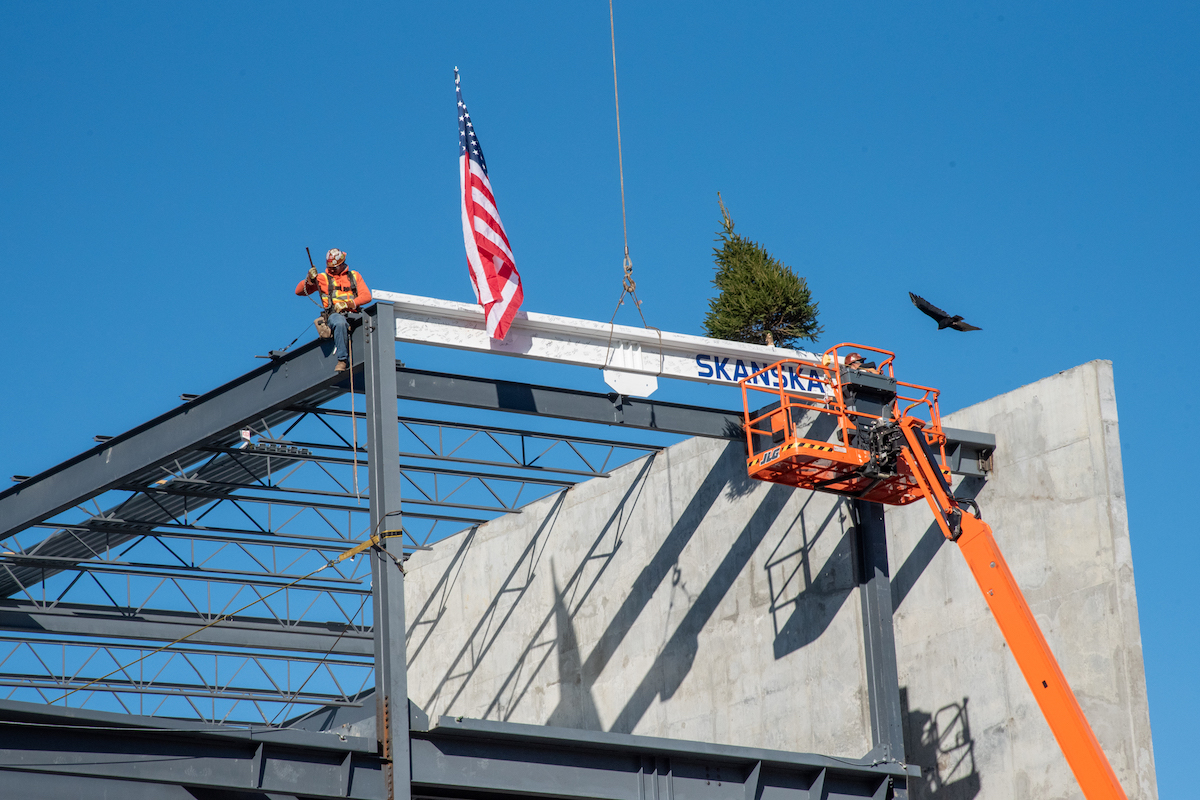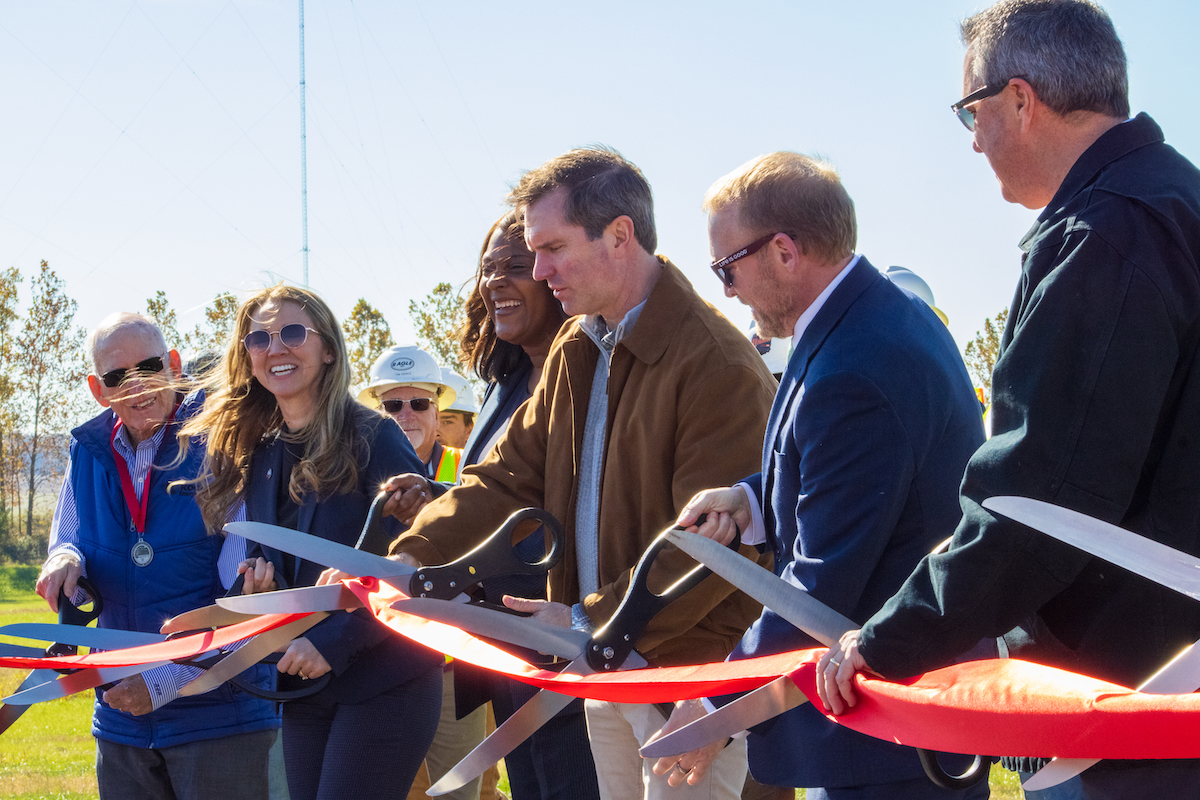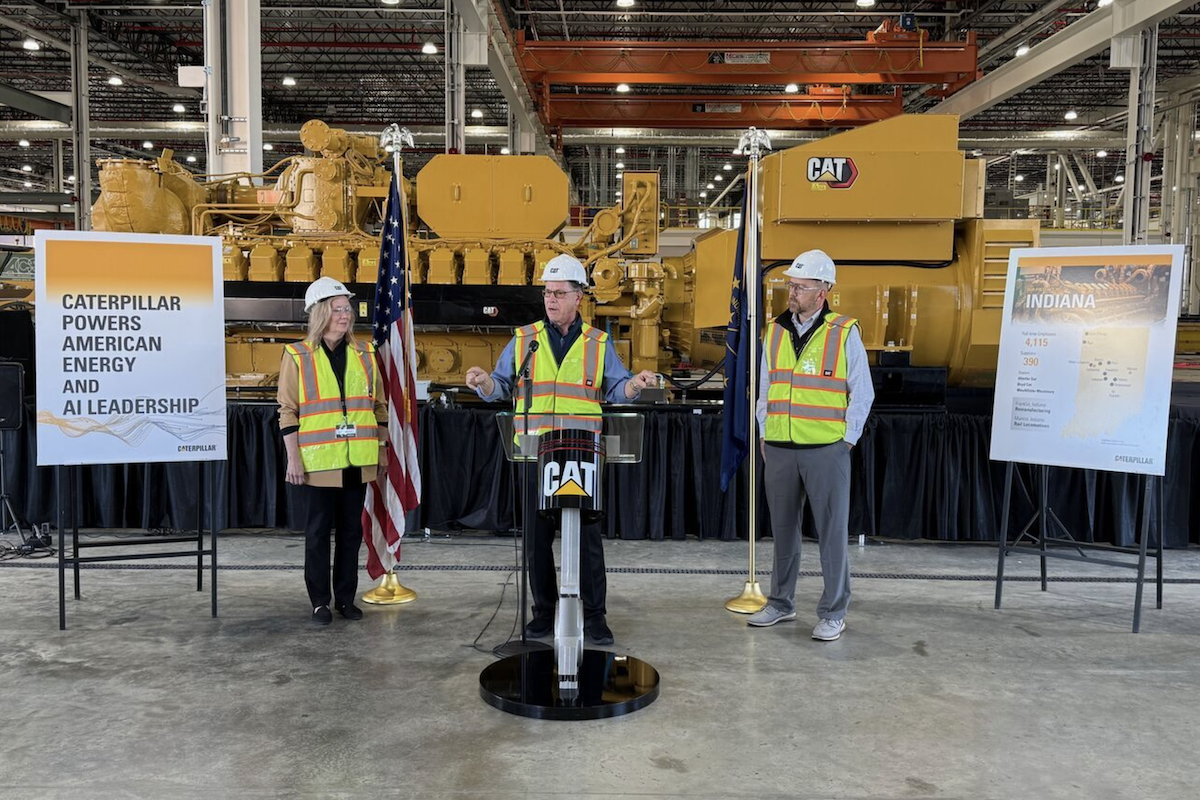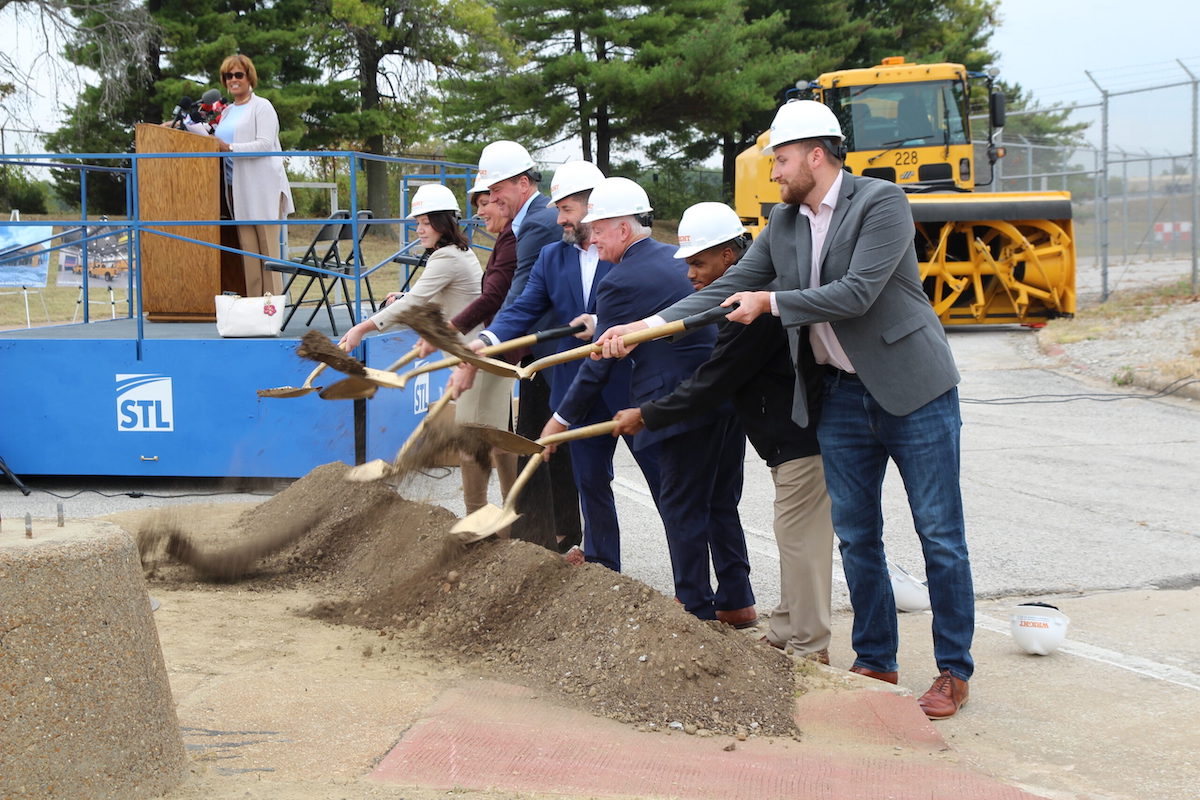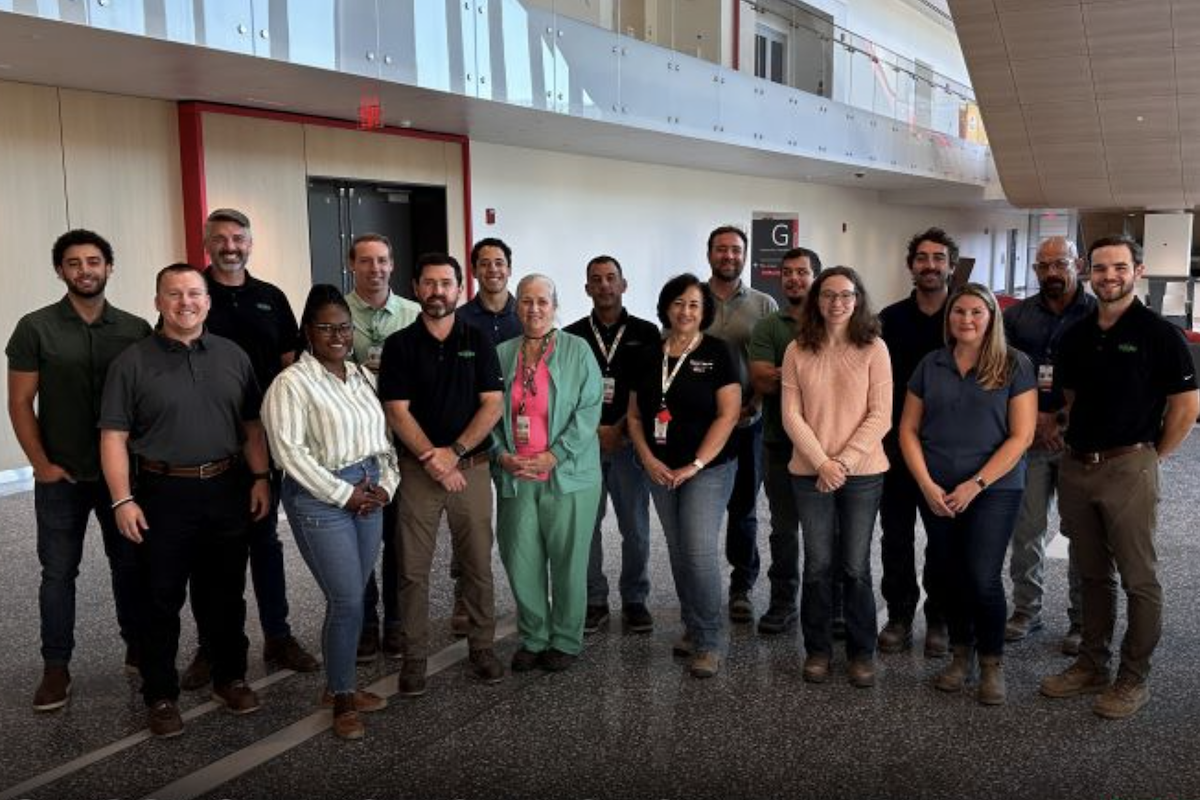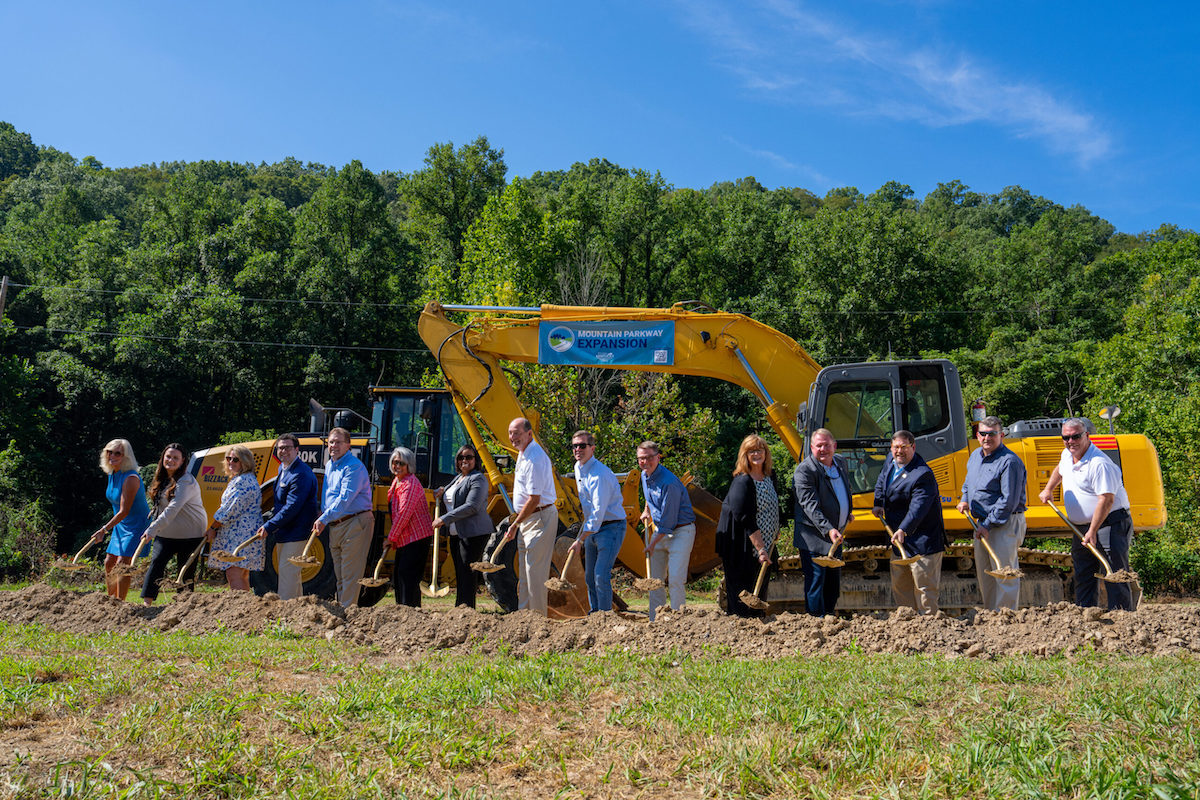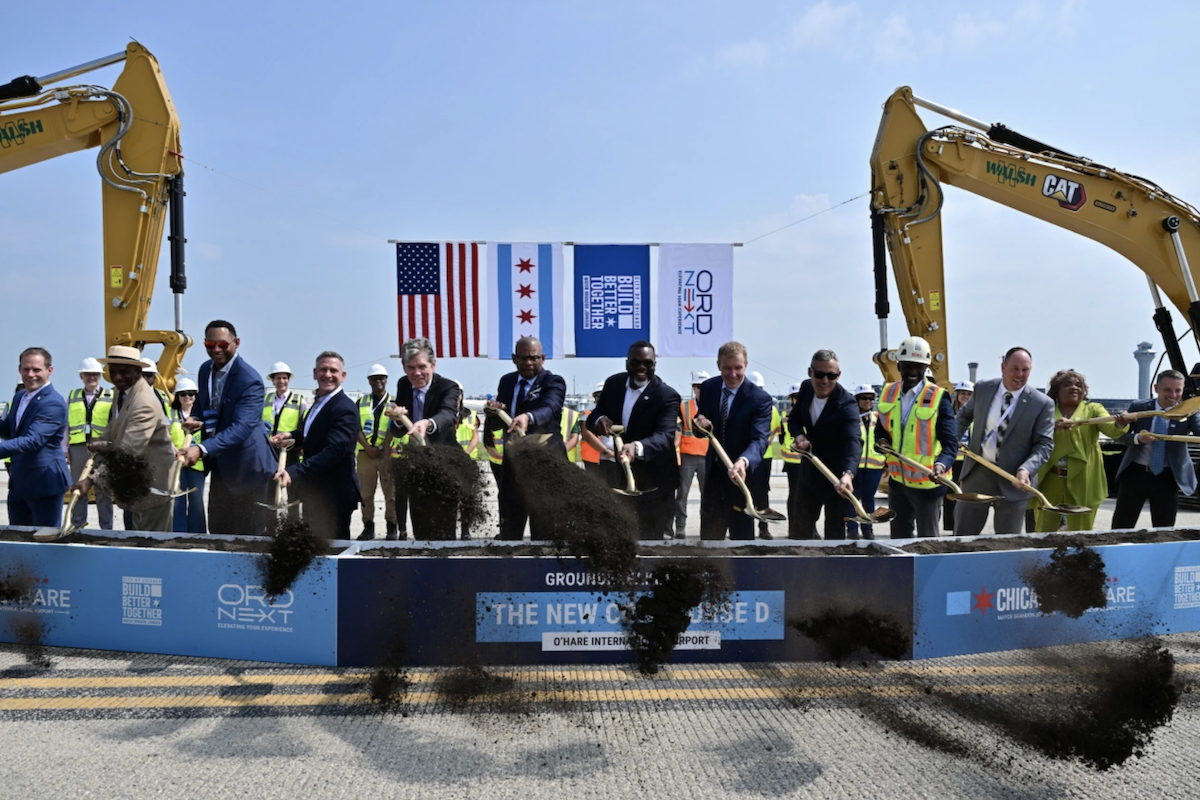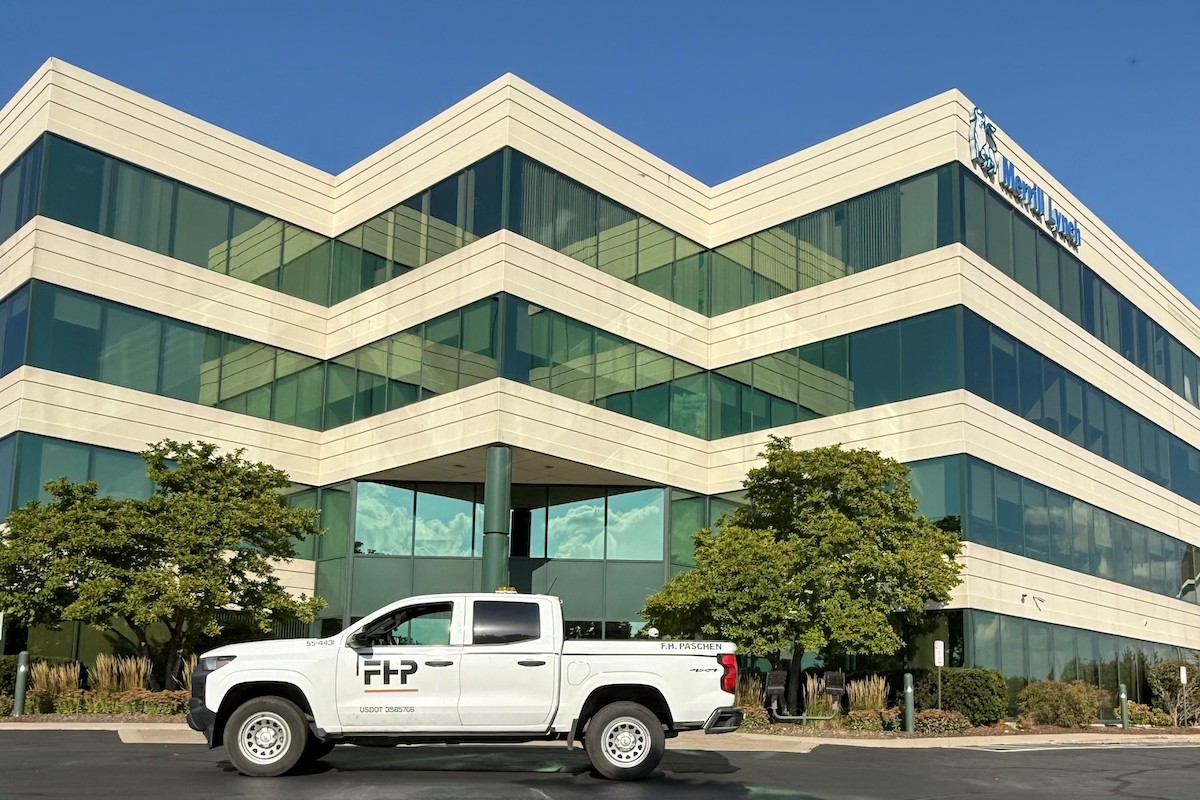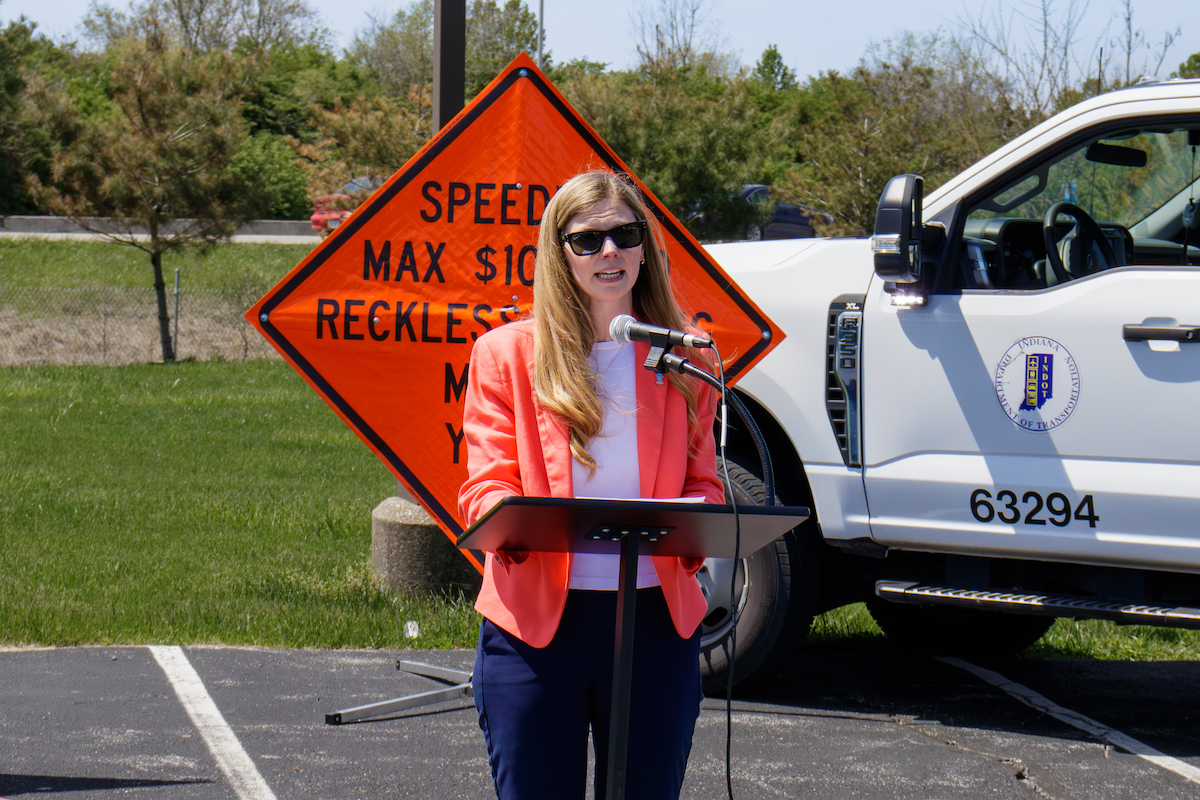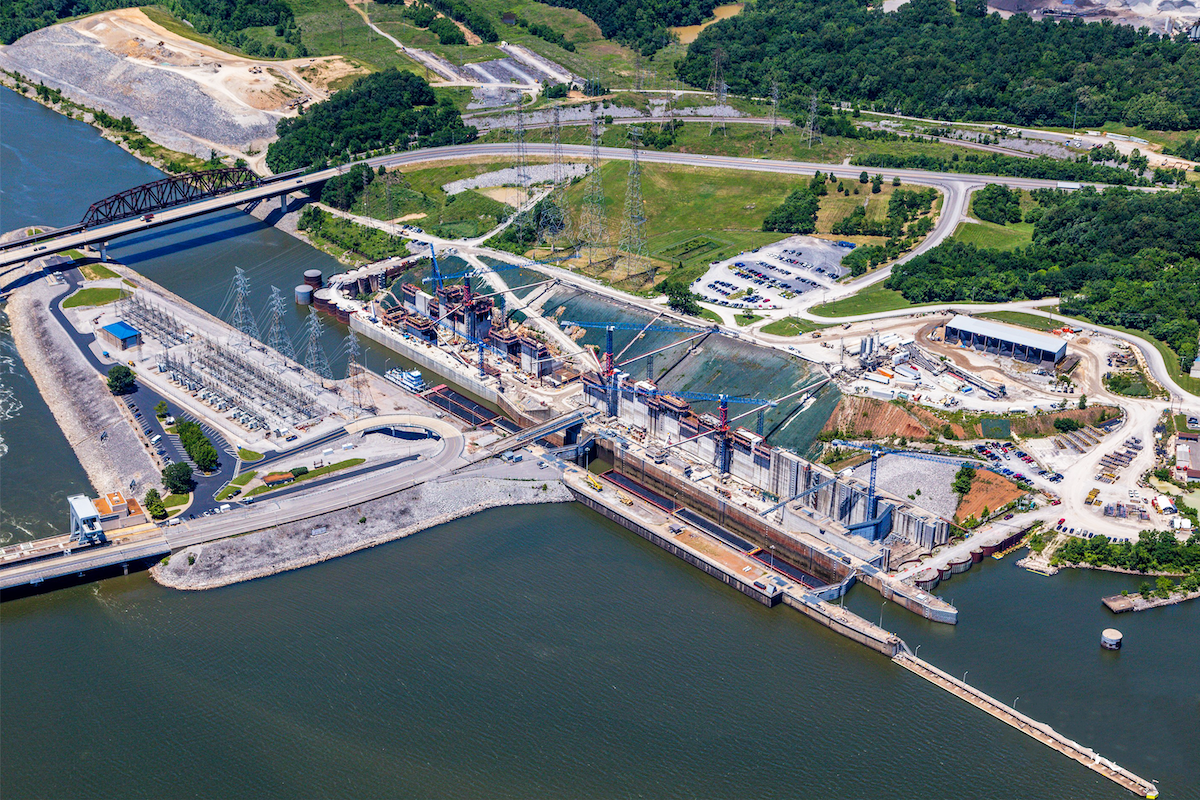The TRIP report, "Kentucky Transportation by the Numbers: Meeting the State's Need for Safe, Smooth and Efficient Mobility", finds that throughout Kentucky, more than one quarter of major locally- and state-maintained roads are in poor or mediocre condition, seven percent of locally- and state-maintained bridges (20 feet or more in length) are rated poor/structurally deficient, and the state has the fourth highest rate of traffic fatalities in the nation. Kentucky’s major urban roads are congested, causing significant delays and choking commuting and commerce. The TRIP report includes statewide and regional pavement and bridge conditions, congestion data, highway safety data, and cost breakdowns for the Bowling Green, Lexington, Louisville, Northern Kentucky, and Owensboro urban areas.
Driving on deficient roads costs Kentucky motorists a total of $4.7 billion per year in the form of extra vehicle operating costs (VOC) as a result of driving on roads in need of repair, lost time and fuel due to congestion-related delays, and the costs of traffic crashes in which the lack of adequate roadway safety features, while not the primary factor, likely were a contributing factor.
The TRIP report finds that seven percent of major locally- and state-maintained roads in Kentucky are in poor condition and another 21 percent are in mediocre condition, costing the state’s drivers an additional $1.3 billion each year in extra vehicle operating costs, including accelerated vehicle depreciation, additional repair costs, and increased fuel consumption and tire wear.
Seven percent of Kentucky’s bridges are rated in poor/structurally deficient condition. Bridges that are rated poor/structurally deficient have significant deterioration of the bridge deck, supports, or other major components. Sixty-five percent of the state’s bridges are rated in fair condition and the remaining 28 percent are in good condition.

| Your local Leica Geosystems Inc dealer |
|---|
| Laser Specialist inc |
In 2020, the state’s transportation system carried 46.5 billion annual vehicle miles of travel (VMT). Congested roads choke commuting and commerce and cost Kentucky drivers $1.8 billion each year in the form of lost time and wasted fuel. In the most congested urban areas, drivers lose up to $1,238 annually in the loss of 50 hours and the waste of 24 gallons of fuel due to traffic congestion. Due to the COVID-19 pandemic, vehicle travel in Kentucky dropped by as much as 36 percent in April 2020 (as compared to vehicle travel during the same month the previous year), but rebounded to four percent above November 2019 volume by November 2021.
Traffic crashes in Kentucky claimed the lives 3,833 people between 2015 and 2019. Kentucky’s overall traffic fatality rate of 1.48 fatalities per 100 million vehicle miles of travel in 2019 is the fourth highest in the U.S. and significantly higher than the national average of 1.11. The fatality rate on Kentucky’s non-interstate rural roads is more than two and a half times higher than on all other roads in the state (2.49 fatalities per 100 million vehicle miles of travel vs 0.9). Traffic crashes imposed a total of $4.9 billion in economic costs in Kentucky in 2019 and traffic crashes in which a lack of adequate roadway safety features, while not the primary factor, were likely a contributing factor imposed $1.6 billion in economic costs.
Improvements to Kentucky’s roads, highways, and bridges are funded by local, state, and federal governments. The level of Kentucky Transportation Cabinet highway investment is likely to increase further as a result of the five-year federal Infrastructure Investment and Jobs Act (IIJA), signed into law in November 2021, which will provide $5.1 billion for road, highway, and bridge investment in Kentucky over the next five years, including a 35 percent funding increase in FY 2022, resulting in approximately an additional $300 million annually in road, highway, and bridge funding in Kentucky. The additional federal highway funds available in Kentucky will partially offset the significant drop in revenue from Kentucky’s variable state motor fuel tax, which, in 2015, dropped from 32.5 cents per gallon to 26 cents per gallon, resulting in a loss of revenue of approximately $1.2 billion since 2015.
The efficiency and condition of Kentucky’s transportation system, particularly its highways, is critical to the health of the state’s economy. Annually, $587 billion in goods are shipped to and from Kentucky, relying heavily on the state’s network of roads and bridges. Increasingly, companies are looking at the quality of a region’s transportation system when deciding where to re-locate or expand. Regions with congested or poorly maintained roads may see businesses relocate to areas with a smoother, more efficient, and more modern transportation system. The design, construction, and maintenance of transportation infrastructure in Kentucky supports approximately 47,000 full-time jobs across all sectors of the state economy. Approximately 907,000 full-time jobs in Kentucky in key industries like tourism, retail sales, agriculture, and manufacturing are dependent on the quality, safety, and reliability of the state’s transportation infrastructure network.
“Additional federal funding from the IIJA will allow Kentucky to move forward with needed improvements to its transportation network that will make the state’s roads and bridges smoother, safer and more efficient while boosting the economy and creating jobs,” said Dave Kearby, TRIP’s executive director. “In addition to the federal investment, it will be critical that Kentucky continue to increase its level of transportation investment.”

| Your local Trimble Construction Division dealer |
|---|
| SITECH Mid-South |
| SITECH Ohio |
| SITECH Indiana |
















